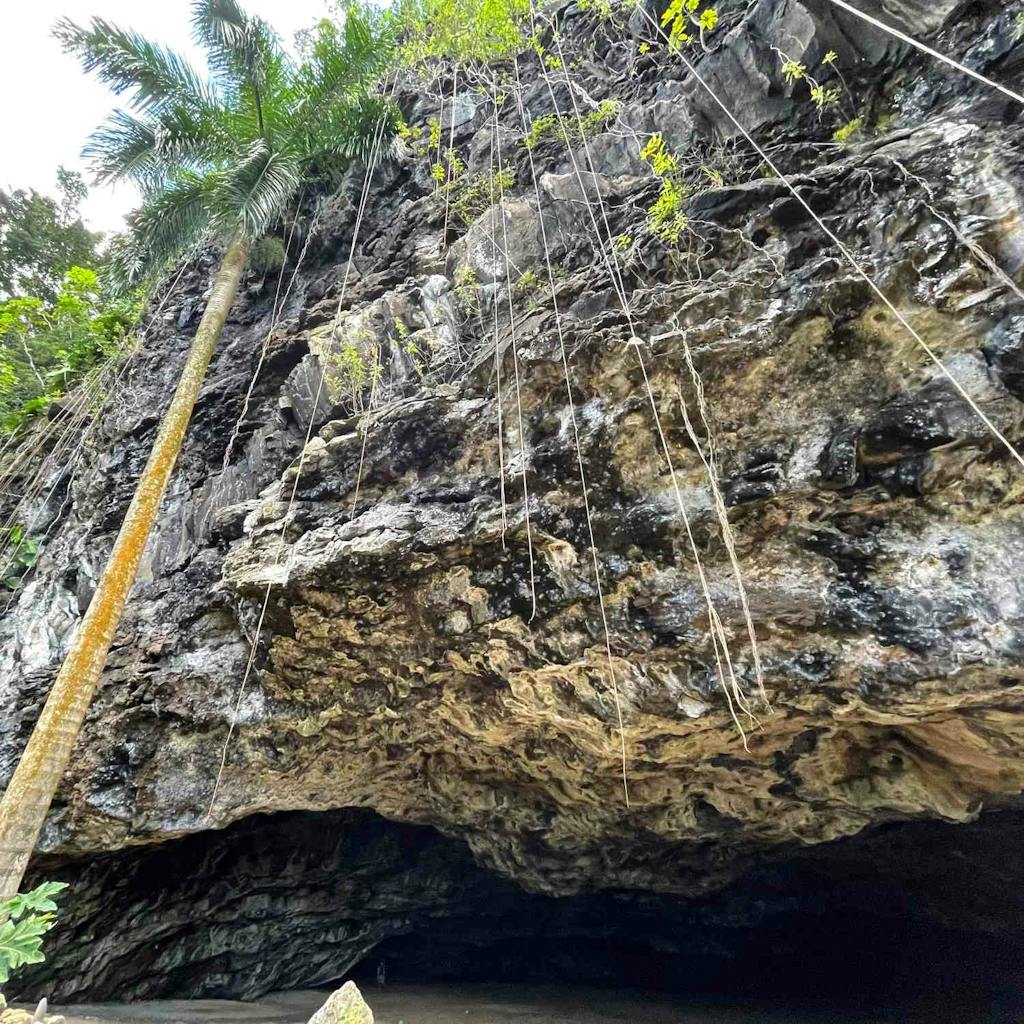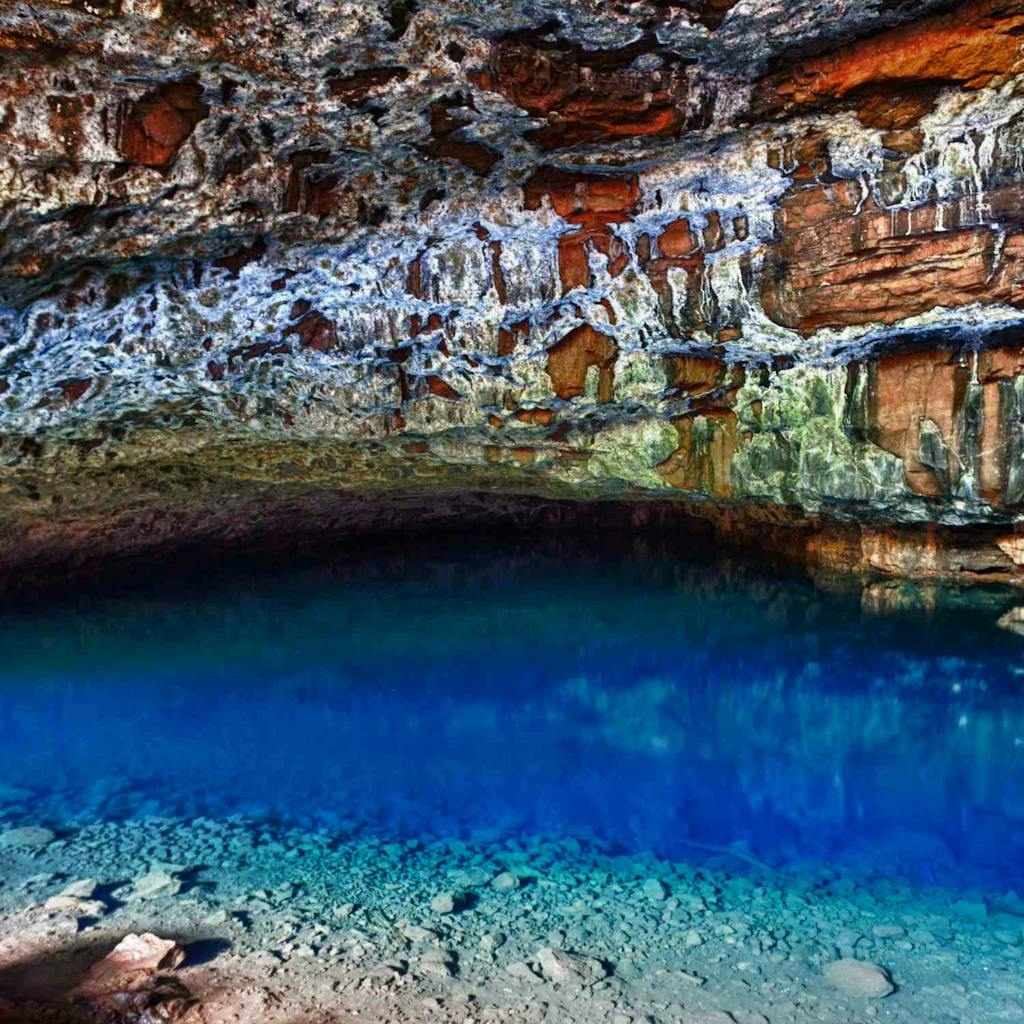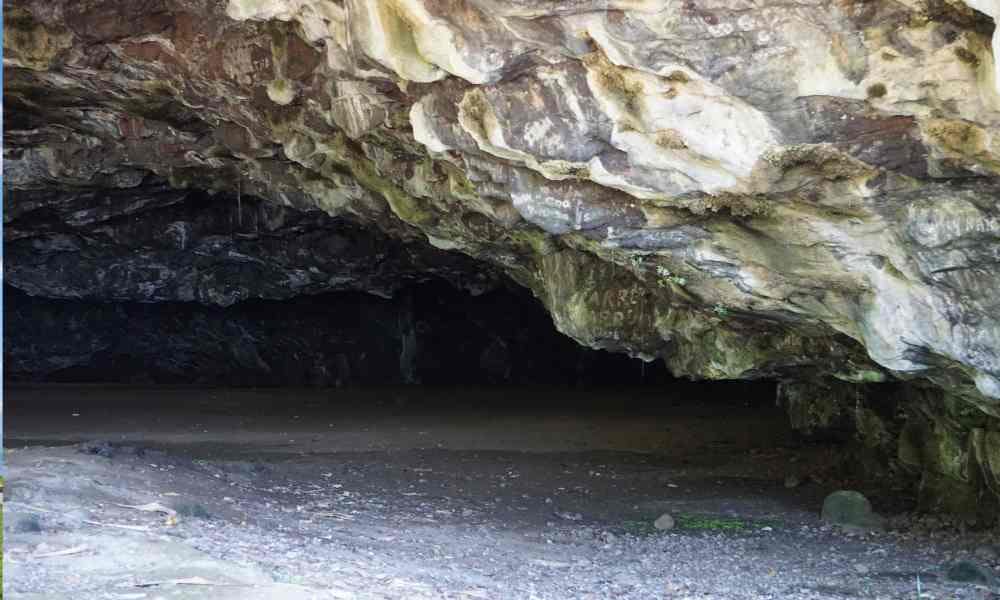If you’re looking for a unique sight on Kauai, check out Maniniholo Dry Cave. This sandy, rocky wonder is on the island’s north shore. Let’s learn more about it, and discover a couple other caves on the Garden Isle.
What is Maniniholo Dry Cave
Maniniholo Dry Cave is hundreds of feet deep and tall enough to stand it. It has a large opening that draws many explorers, both locals and visitors alike. The cave formed thousands of years ago, though the sand you’ll find inside washed in during a 1957 tsunami.
The cave is said to be named after a chief fisherman of the Menehune (little people) who dug it in search of a supernatural beast that stole their fish. Others say the Menehune formed the cave when they were escaping Polynesian warriors. Before that, the legend says, it was a tunnel that led to Waimea Canyon. But the Menehune closed it off as they fled, leaving only the cave in its place.
Where to Find It
Maniniholo Dry Cave is located on Kauai’s north shore, directly across from Haena Beach Park. You can park in the beach parking lot (you don’t need a permit, as this is separate from the State Park up the road).

Exploring Maniniholo Dry Cave
This Kauai cave is fairly safe to explore and doesn’t require special gear. Some people climb upwards toward a small passage that leads above the cave. I haven’t done this, so I’m not completely sure how safe this part is. If anything, it’s best just to explore the floor level.
And, of course, use your best judgment during any Hawaii adventures, always alert to any hazards.
Other Kauai Caves
Maniniholo Cave was formed by ocean waves pounding against lava rock for thousands of years. However, no spring or water source fills it with water, so it’s a “dry cave.”
Another type of cave on Kauai is a “wet cave.” These still fill with water, though they are also set far from the ocean now.
The northern part of Kauai is known for its wet and dry caves. They’re amazing, and to think that at one point, the ocean had been right up to the current entrances – where tourists flock to daily – is even more remarkable.
Waikanaloa Cave
Let’s start with Waikanaloa. It’s easy to access because it’s right off of the road. Cold spring waters seep through the porous lava. However enticing the waters may appear, it’s best not to go in.
A big sign warns visitors about the danger of leptospirosis, a bacteria often found in Hawaii’s freshwater. This is due to the absence of a brook or river that allows for constant water flow.
So, while Waikanaloa isn’t dry like Maniniholo Dry Cave, it doesn’t have flowing water to keep the spot safe for swimming.
“The Blue Room”
Another wet cave, located up the hill from Waikanaloa, may be challenging to find because there are no signs. At the back of the main cave, a tiny opening leads into a smaller “room” called the Blue Room.

When the sunlight reflects off the freshwater, it turns the surrounding walls blue. I hate to ruin it for you, but as neat as this sounds, this cave is also off-limits because of leptospirosis. Some have braved the frigid waters and returned with such fascinating descriptions. But I wouldn’t risk it.
Instead, stick to the safer, dryer, Maniniholo Dry Cave, a Kauai wonder that you’ll love to see.




